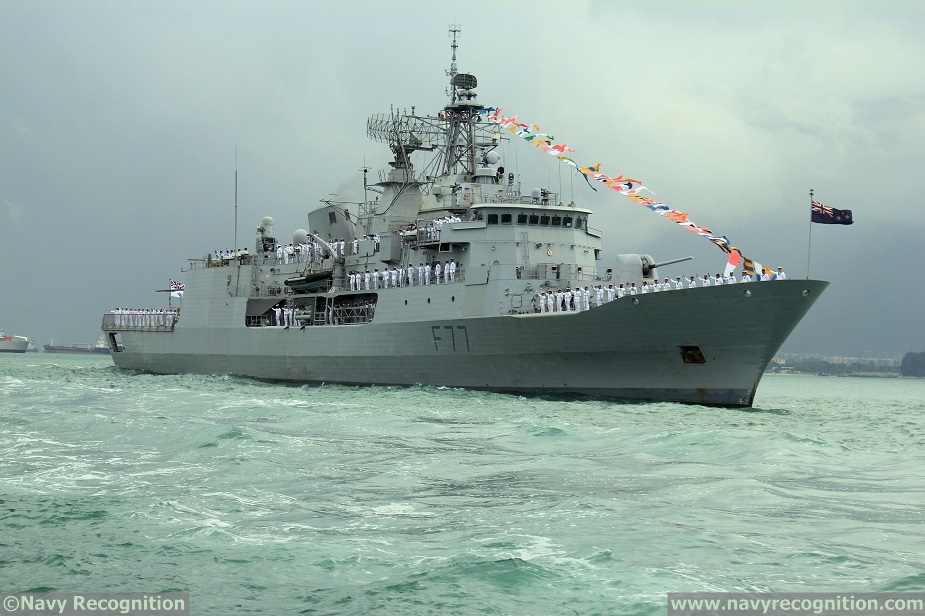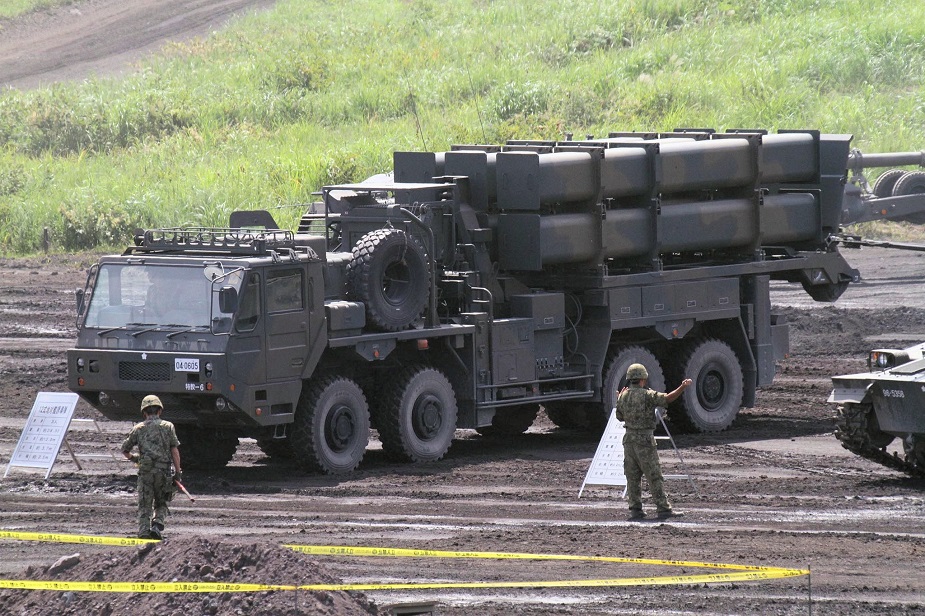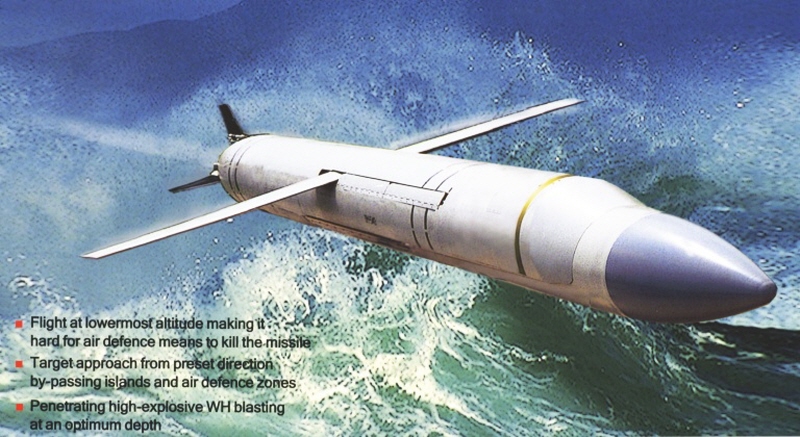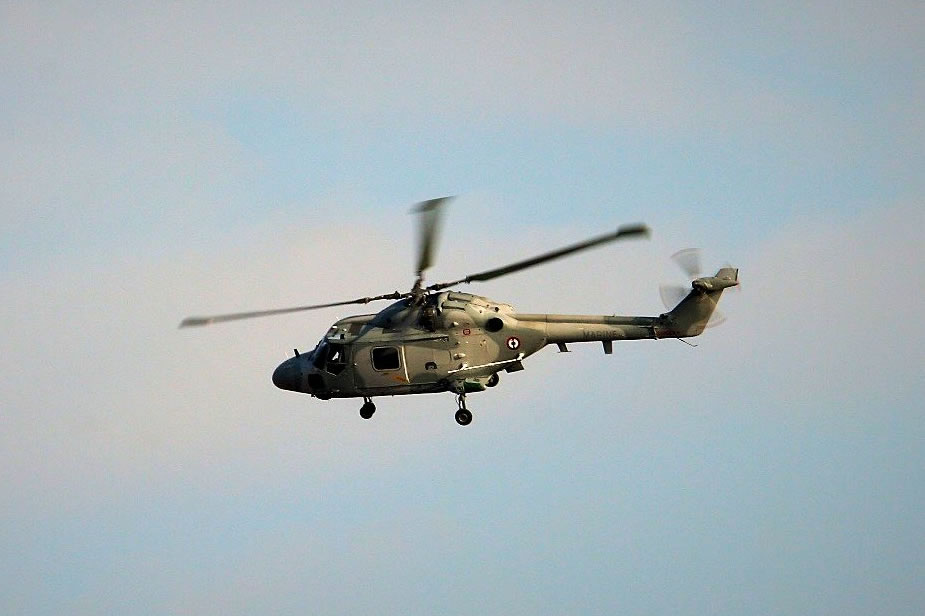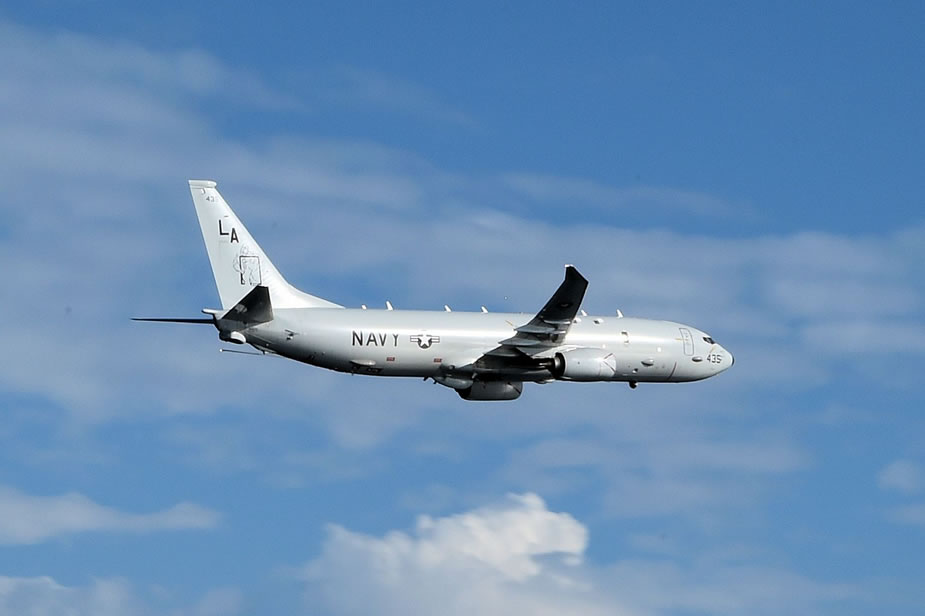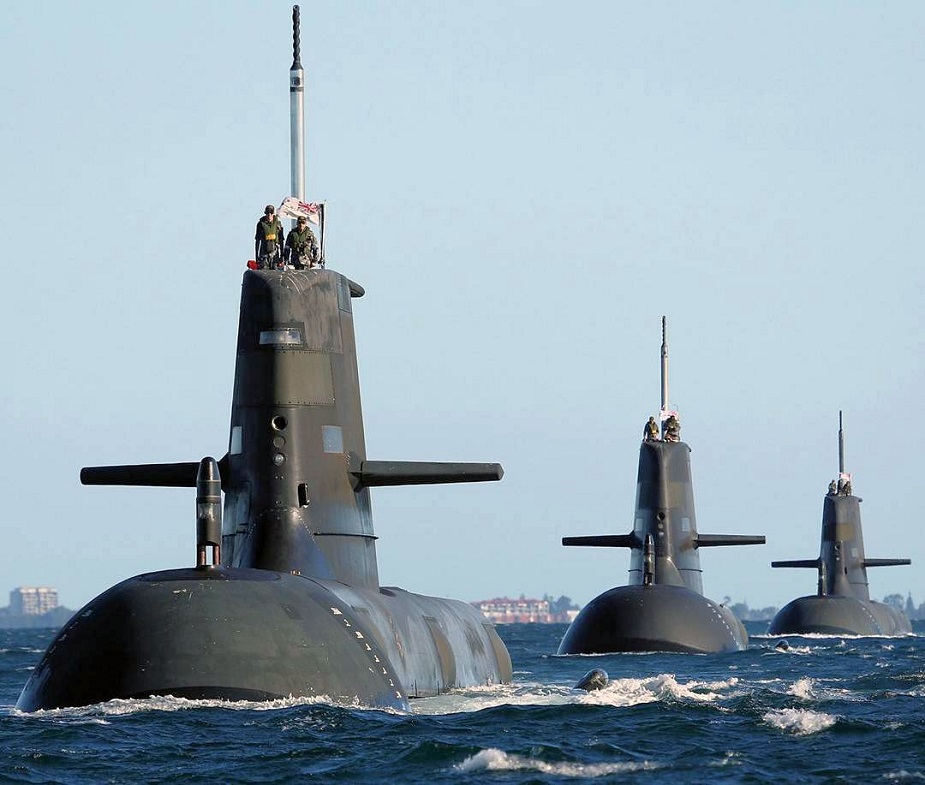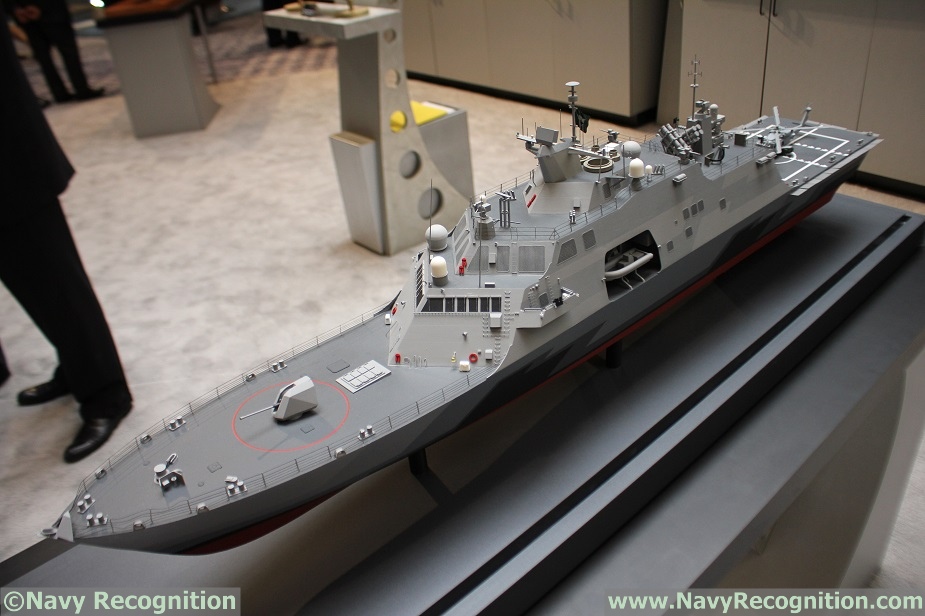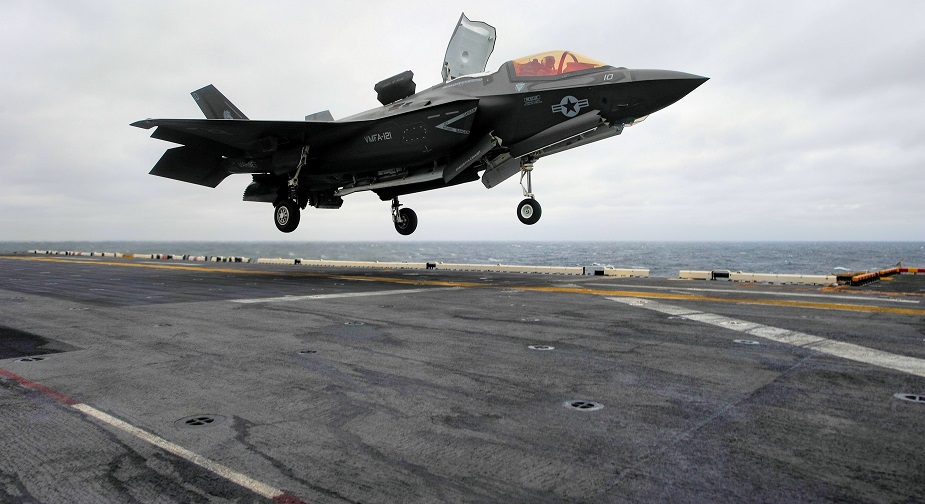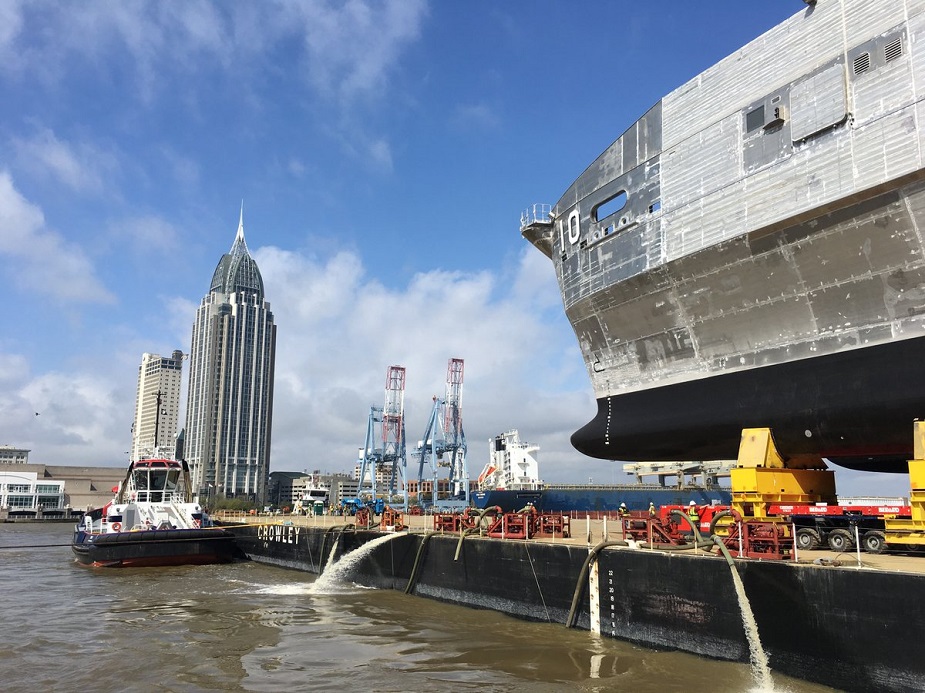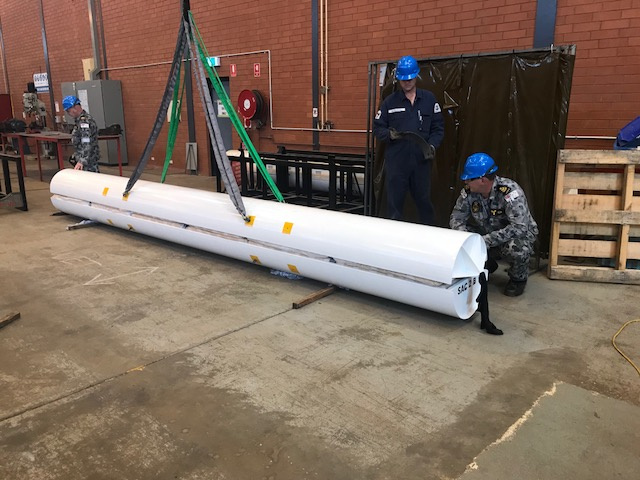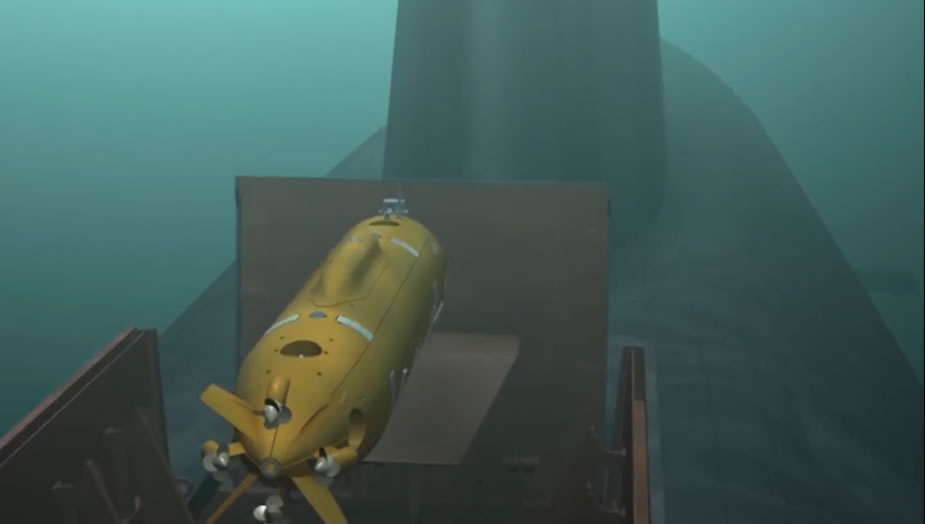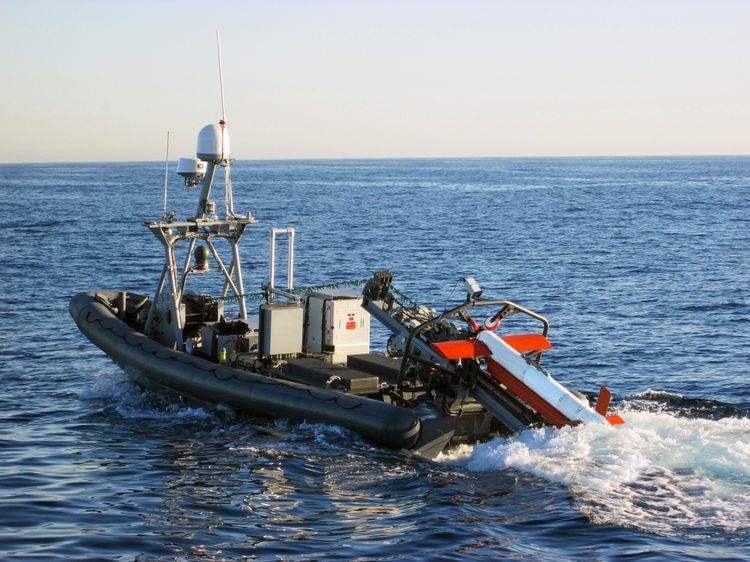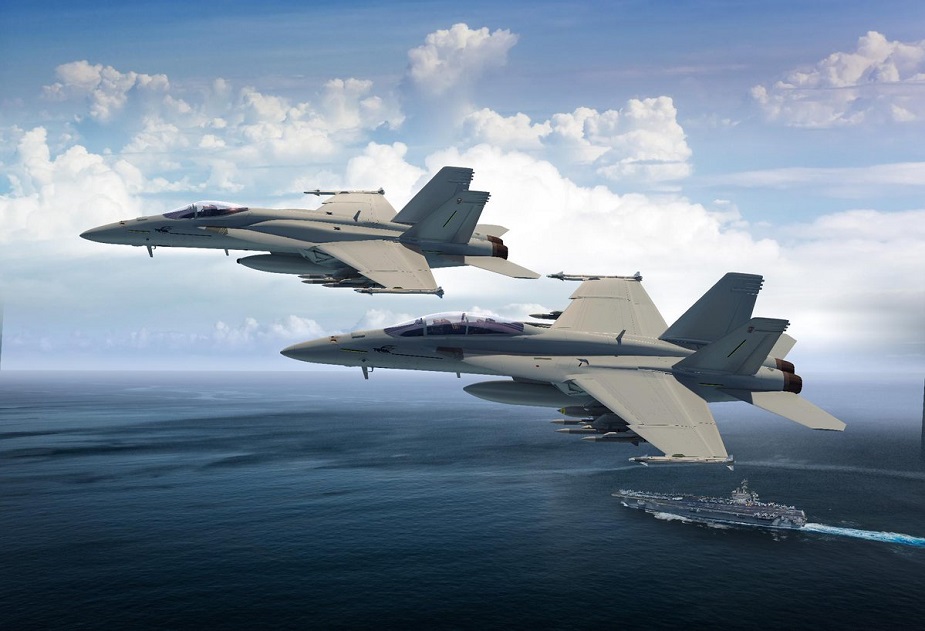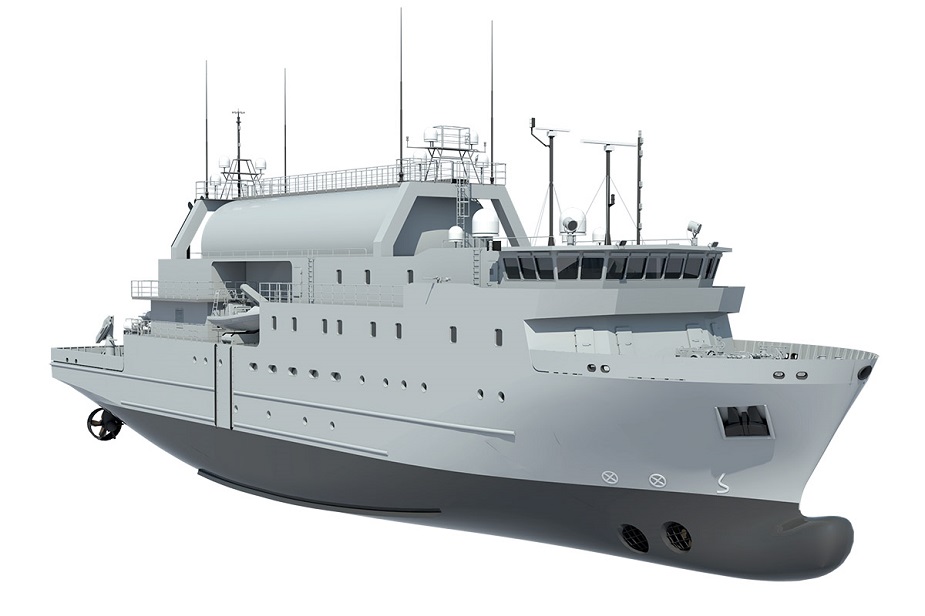- Posted On
Practically invulnerable underwater combat robots with intercontinental range have been created for the Russian Navy to operate in oceans and at adversary coast. They can be engaged both against warships and strategic coastal facilities. A unique compact nuclear power plant has been created for them and special submarine carriers are being constructed. The vehicle is called Status-6. President Vladimir Putin presented its capabilities to parliament. Experts believe the underwater vehicles are a major deterrence and retaliatory weapon, the Izvestia daily writes.






